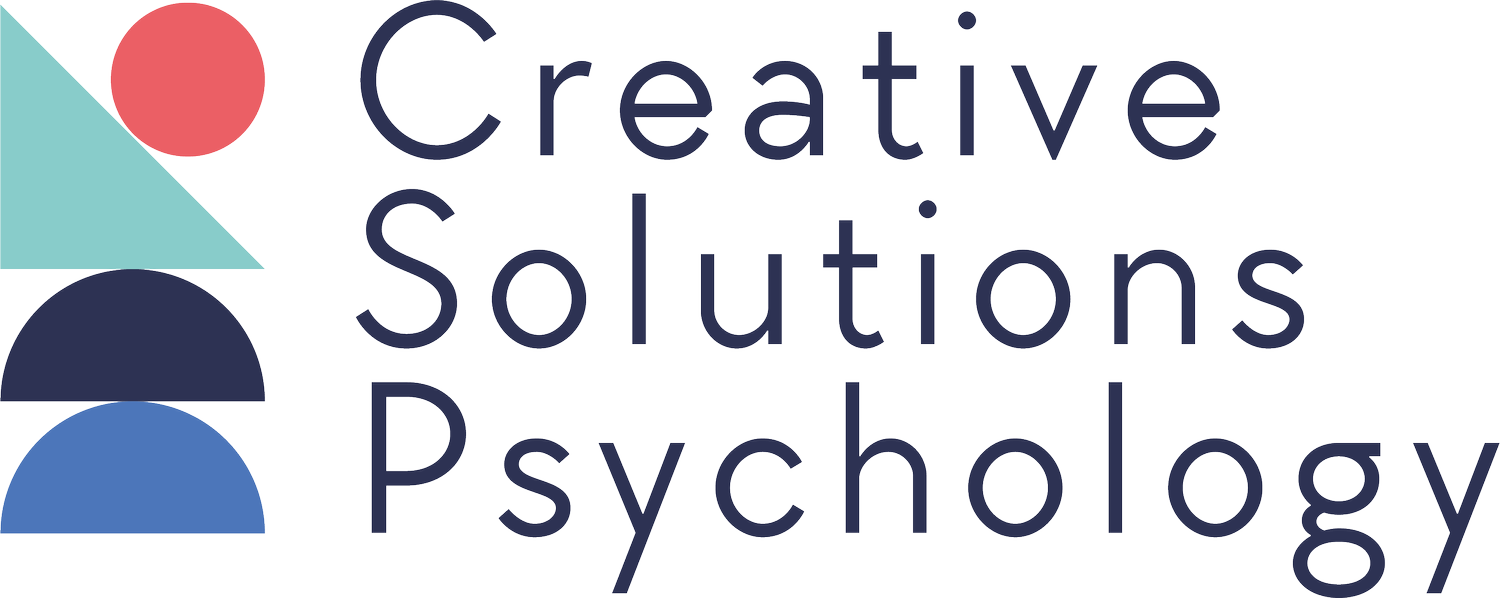Using Positive Psychology in Schools
Much of thinking and research in the past few decades has been spent on trying to understand the causes of human psychological and emotional suffering – trying to understand why people become depressed or anxious. While that is a noble and important pursuit, in our search of finding the causes of suffering, we perhaps haven’t placed enough focus on the causes of happiness and wellbeing - and this is where Positive Psychology comes in.
What is Positive Psychology?
Positive Psychology is the study of positive aspects of human life such as happiness and wellbeing. Martin Seligman, a key proponent of Positive Psychology defines it as:
“Scientific study of optimal human functioning [that] aims to discover and promote the factors that allow individuals and communities to thrive”
(Seligman & Csikszentmihalyi, 2000)
What is the PERMA model?
Martin Seligman (2011) proposed the PERMA (Positive Emotion, Engagement, Relationships, Meaning, and Accomplishment) model of wellbeing.
A multitude of research studies have now demonstrated that each of the PERMA building blocks is key in both increasing the aspects of wellbeing, as well as decreasing psychological distress.
How can the PERMA model be used in schools?
The PERMA model could be applied at multiple levels - systemic, group and individual. In this blog, I am going to focus on the individual level, as I think this is something that you could try in your setting right away. Have a look at the below case study to see what I mean.
Case study - Ruki (YR4)
(To maintain anonymity, the child name and details of the case have been amended)
Referral information: Staff noted a decline in Ruki’s wellbeing as well as an increase in ‘tics’ behaviours not previously observed. Ruki was beginning to struggle coming into school in the mornings.
Joint decision making to PERMA as a form of consultation: Following a consultation between educational psychologist, school SENCo and class teacher it was agreed that Ruki would benefit from a wellbeing boost in school. We agreed to hold a joint consultation between school SENCO, class teacher, Educational Psychologist and Ruki’s parents.
Agreed actions:
P (Positive emotion) - Ruki’s parents shared that she loves drawing and this activity brings her pleasure and relaxes her. We agreed to introduce 5 minutes of drawing at the start of Ruki’s morning routine in school so that she has something to look forward to and can start the day in an enjoyable way.
E (Engagment) - We all felt that Ruki was not aware of her own strengths. We agreed that Ruki’s class teacher would carry out a Strength Cards activity with Ruki so that Ruki can identify her own strengths and plan with the teacher on how she can use those strengths in her school day. Ruki was able to identify that she likes helping others - this led the class teacher to appointing Ruki as a reading mentor for younger children in the school.
R (Relationships) - A plan was made for Ruki to receive support in making friendships at playtime. The teaching assistant offered to structure a game at lunchtime and help Ruki practice asking other children if they would like to play with her. The teaching assistant was also appointed as Ruki’s key person and Ruki was able to check in with her at the end of the school day.
M (Meaning) - Ruki derived a lot of pleasure from making others smile and being kind to other people. As part of the class project, the class teacher decided to engage in some community support by contacting an elderly home near the school. The children were able to send cards and drawings to their pen pals at the elderly home. Ruki was also given the special role of watering the plants in the classroom.
A (Accomplishments/Achievements) - We agreed that Ruki’s class teacher will aim to give Ruki one specific piece of positive feedback in each lesson (rather than saying ‘well done’, instead of saying ‘well done for using the picture to work out what might happen next in the story etc). We also agreed that at the end of each day Ruki’s teaching assistant will support Ruki to identify three things that went well in school that day and write these down so that Ruki can share this with her mum or dad.
Review process: We met again after 6 weeks. The feedback from school staff and parents was overwhelmingly positive. Ruki was looking forward to coming into school, she has gained a new positive attitude and her self-esteem has improved. Ruki’s tics have significantly reduced.
As you can see in the above case study, the key was to focus on enhancing Ruki’s wellbeing in each of the key areas of the PERMA model in a collaborative way.
Using the PERMA framework when creating wellbeing plans for students allows us to have a positive approach that focuses on better quality of life for the child in and out of school.
Why don’t you give it a go and see how it feels and works for you and the children or young people in your school.
Please feel free to contact us and let us know how you got on. We would love to hear. Also, check out our free PERMA action planning template below.
Free downloads:
